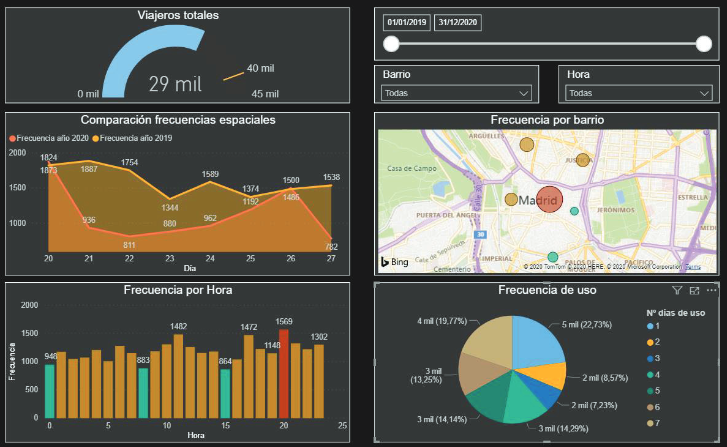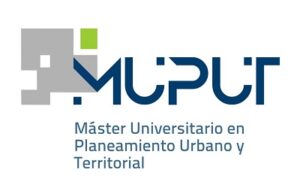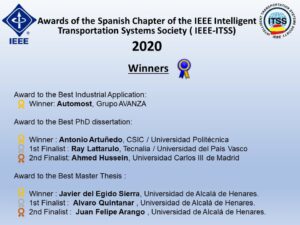This senior thesis, deposited on July 2020, was written by Miguel Ángel Riaño Sánchez and supervised by Oscar Corcho from the Ontology Engineering Group (OEG)
Este Trabajo Fin de Grado (TFG), depositado en Julio de 2020, ha sido realizado por Miguel Ángel Riaño Sánchez y tutorizado por Oscar Corcho del Ontology Engineering Group (OEG), Miembro de MoviTUR.
Abstract
Nowadays senior citizens represent a considerable group of the population and the concern about their health is still an important issue for the society. In 2015, the World Health Organization published a report in which they presented the concept of “healthy aging” as a fundamental objective in the upcoming years. In this context, some projects appeared aiming at collaborating with this objective. In one of them a tool that analyses senior citizens’ public transport mobility data in Comunidad de Madrid was created. This tool could be very useful for other users, like Consorcio de Transportes de la Comunidad de Madrid. That is why, as a first part of this project, Jupyter Notebook documentation has been created for this tool, and in this document all the transformations made to the original code to achieve this task have been described. This data analysis tool produces as a result a group of graphs that could be useful in dashboard applications. As a second part of this project, to visualize all these graphs, a web tool has been created. Furthermore, a data visualization map was added into this web tool. This map has been created by Ontology Engineering Group and it also uses users’ public transport mobility data. This document shows the different tasks performed during this process.




